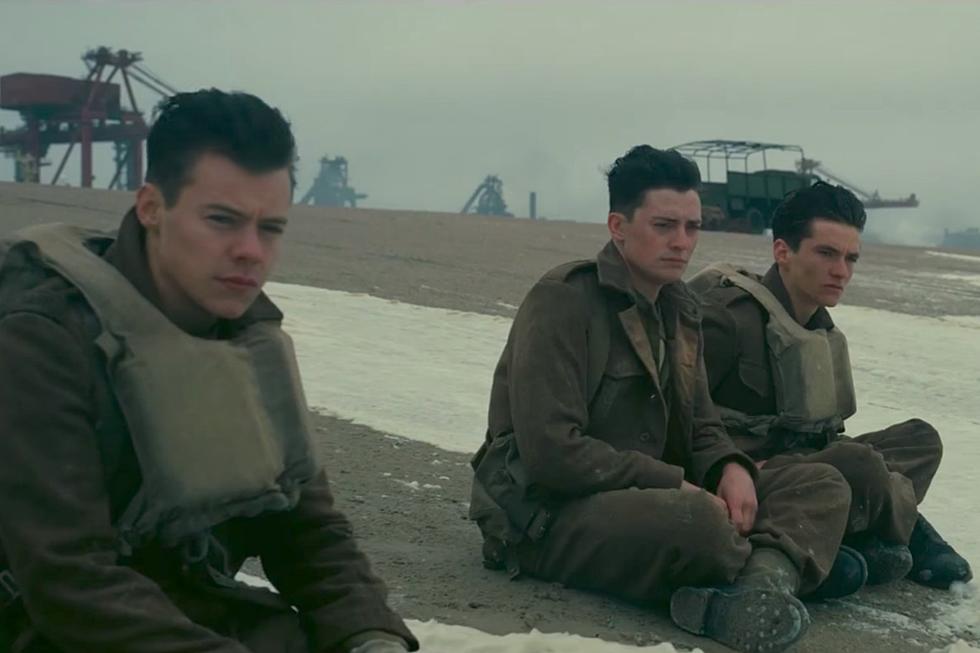
Why Is That First Part of ‘Dunkirk’ Called ‘The Mole’?
The action in Christopher Nolan’s Dunkirk takes place in three distinct timelines in three different parts of the battle and evacuation of Dunkirk during World War II: with some of the troops on land awaiting their rescue, with one boat of volunteer sailors attempting to evacuate them, and with one group of pilots providing air support for the evacuation from above. Land, sea, and air - but that’s not what the title cards in Dunkirk call them. At least not all of them.
Onscreen, the film refers to the stuff in the boat as “The Sea,” and the scenes in the fighter planes as “The Air.” The scenes on the beaches of Dunkirk are not called “The Beach” or “The Land” though. They’re referred to as “The Mole.” But what, or who, is the mole?
No, it’s not a short-lived reality series hosted by Anderson Cooper. (I mean, it is. Just not in this particular situation.) In this case, the word is being used in one of the lesser-known applications. A mole, per the dictionary, is “a large solid structure on a shore serving as a pier, breakwater, or causeway.” That’s what the British forces use to evacuate their men from the beaches of Dunkirk because the waters are too shallow to get the ships all the way to the shore. As Wikipedia (which is never wrong) puts it, “many of the troops were able to embark from the harbor's protective mole onto 39 British destroyers and other large ships, while others had to wade out from the beaches, waiting for hours in the shoulder-deep water.”
There’s a line from Kenneth Branagh’s character, a Naval commander in charge of the evacuation, about the mole and its purpose, but it’s easy to miss amidst the chaos and explosions on the beach, not to mention the chaos on the soundtrack, which can get a little murky at times. A lot of people who’ve seen the movie (including, uh, me) didn’t catch Branagh’s reference to the mole.
“The Mole” also has a double meaning. (The rest of this paragraph has a minor SPOILER.) Near the climax of that section of the story, a group of British troops gets stranded inside a boat that is rapidly filling with water and under fire from German forces; someone will need to leave and face certain death so the others can live. With tensions rapidly escalating, the soldiers turn on one of their own who can’t or won’t speak. They accuse him of being a German spy — AKA a mole.
So those are the key textual reasons for “The Mole” instead of something more obvious. It may also serve another purpose: To signal the viewer early to pay close attention to everything that’s going on. A series of title cards of about land, sea, and air, are expected and simple. Mixing it up with “The Mole” throws the viewer off-balance, and indicates Nolan doesn’t plan to spoon-feed the audience the information they need. And sure enough, the movie that follows features very little exposition beyond the absolute basics, even while Nolan ambitious cuts back and forth between three different groups of actors in three different locations, with events transpiring in three different time frames. To get the most out of Dunkirk, you need to watch carefully, and then dig into the stuff going on beneath the surface, kind of like a small, furry animal who likes to burrow underground and eat earthworms. You know a ... uh, what are those animals called?
More From ScreenCrush









